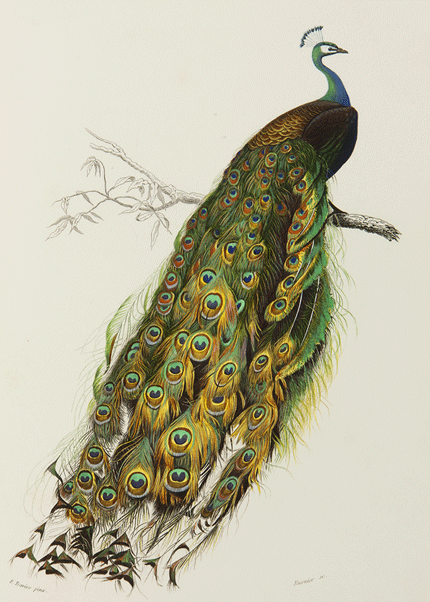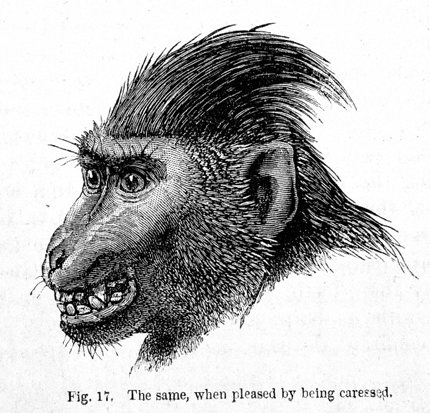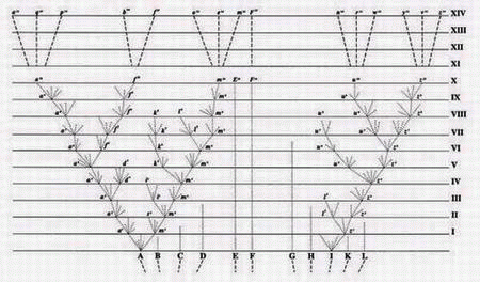Darwin presented a unified theory of the evolution of life on Earth in three major books.
After years of publishing scientific studies on other subjects, constructing his theory and gathering data, Darwin published On the Origin of Species in 1859.
In the book, he presented a detailed case, arguing that from the very beginning, the descent of living beings had been modified down the generations, influenced by a process that he named “natural selection”.
Eleven years later, in 1871, he published The Descent of Man, which extended his theory to cover the human race and described a new mechanism: sexual selection. In the book, Darwin enlarged on the fundamental idea of continuity between humans and other living beings, who shared common traits and ancestors. In 1872, his The Expression of the Emotions in Man and Animals consolidated this notion of continuity, examining behaviours and emotions common to humans and some other animals.
On the Origin of Species by Means of Natural Selection, or the Preservation of Favoured Races in the Struggle for Life
Charles Darwin’s masterwork was published in London on the 24th November 1859 and sold out by the end of the day. Six editions were printed in his lifetime with a total of nearly 7,500 changes, additions and deletions made by its author. It is not a natural history, but rather a “long argument”, where Darwin puts forward his “theory of descent with modification”, which he explores in the light of data gathered over his years of travel, in his reading and during his many exchanges with his peers. In the second part of the book, he pre-emptively answers a number of possible objections.
The Descent of Man, and Selection in Relation to Sex

In 1871, more than eleven years after the first edition of On the Origin of Species appeared, Darwin finally explored the case of humans in another work. He asserted that humans and animals had a shared origin and that natural selection and social instincts encouraged the emergence of moral codes, cultures and civilisations. He identified signs of those traits – previously thought to be purely human – in many animals.
The second part of The Descent of Man was devoted to sexual selection, a process that complemented and sometimes conflicted with natural selection. He explained how the secondary sexual traits carried by some males gave them an advantage when courting females and so a better chance of continuing their line of descent.

In The Expression of the Emotions in Man and Animals, published in 1872, Darwin continued his exploration of the continuity between humans and animals. In the book, he showed how common traits and instincts played a part in the expression of behaviours, reactions and emotions. In doing so, he laid the foundations of animal psychology and comparative ethology within the framework of his general theory of evolution. The book is beautifully illustrated with engravings and photographs.
In the exhibition, be sure not to miss…
- The multimedia "Variation under domestication and nature"
- The multimedia "The descent of man"
- The multimedia "The Expression of the Emotions in man and animals"
Darwin wrote six works on botany. Plants fascinated him for a number of reasons, especially their analogy and continuity with the animal kingdom. Like animals, they varied in form, could be domesticated and were capable of movement. They were also very suitable subjects for experimentation. Darwin and his son Francis conducted many experiments, one of which showed that the part of the sprout that forms the stem of certain grasses only turns towards light when its tip is exposed to it. That first step led to the discovery of plant hormones at the start of the 20th century.
In the exhibition, be sure not to miss…
"Reproduction of an illustration of worm excreta"



